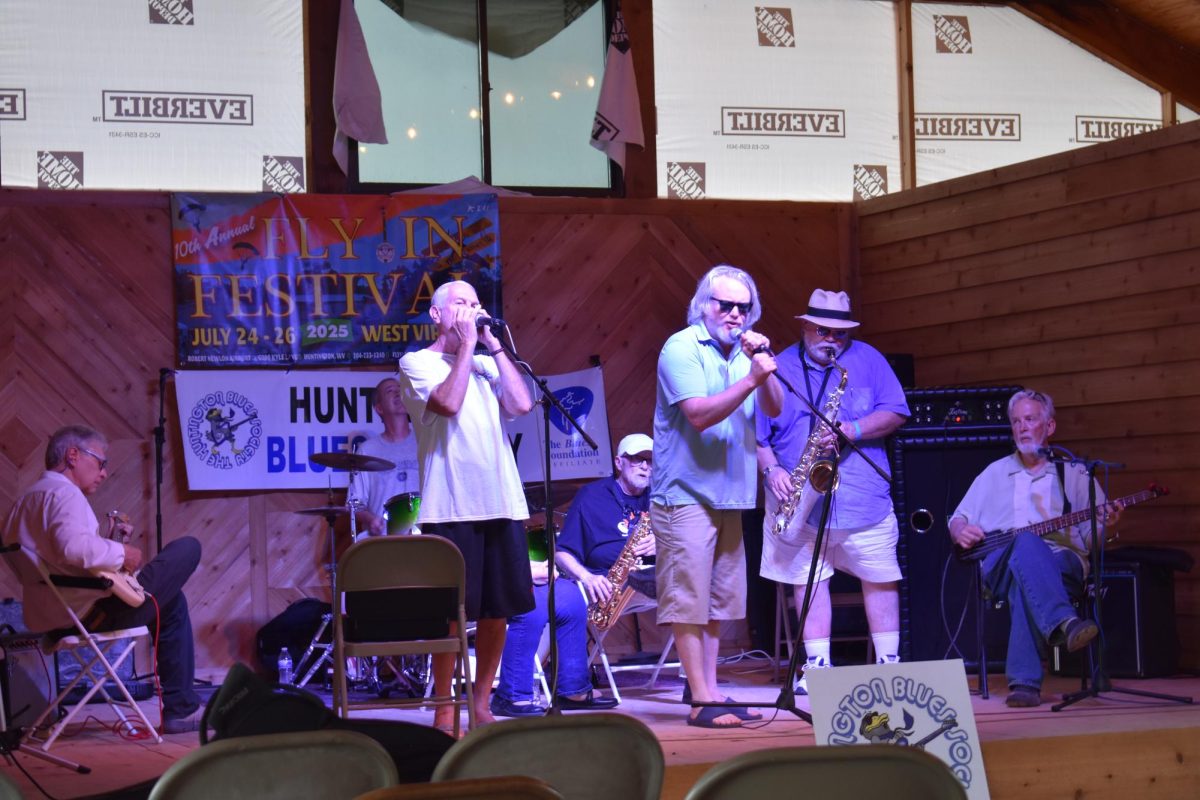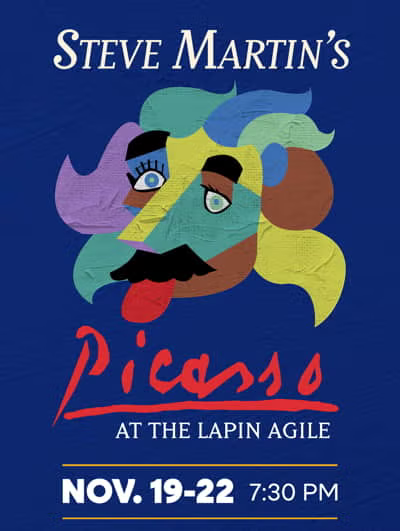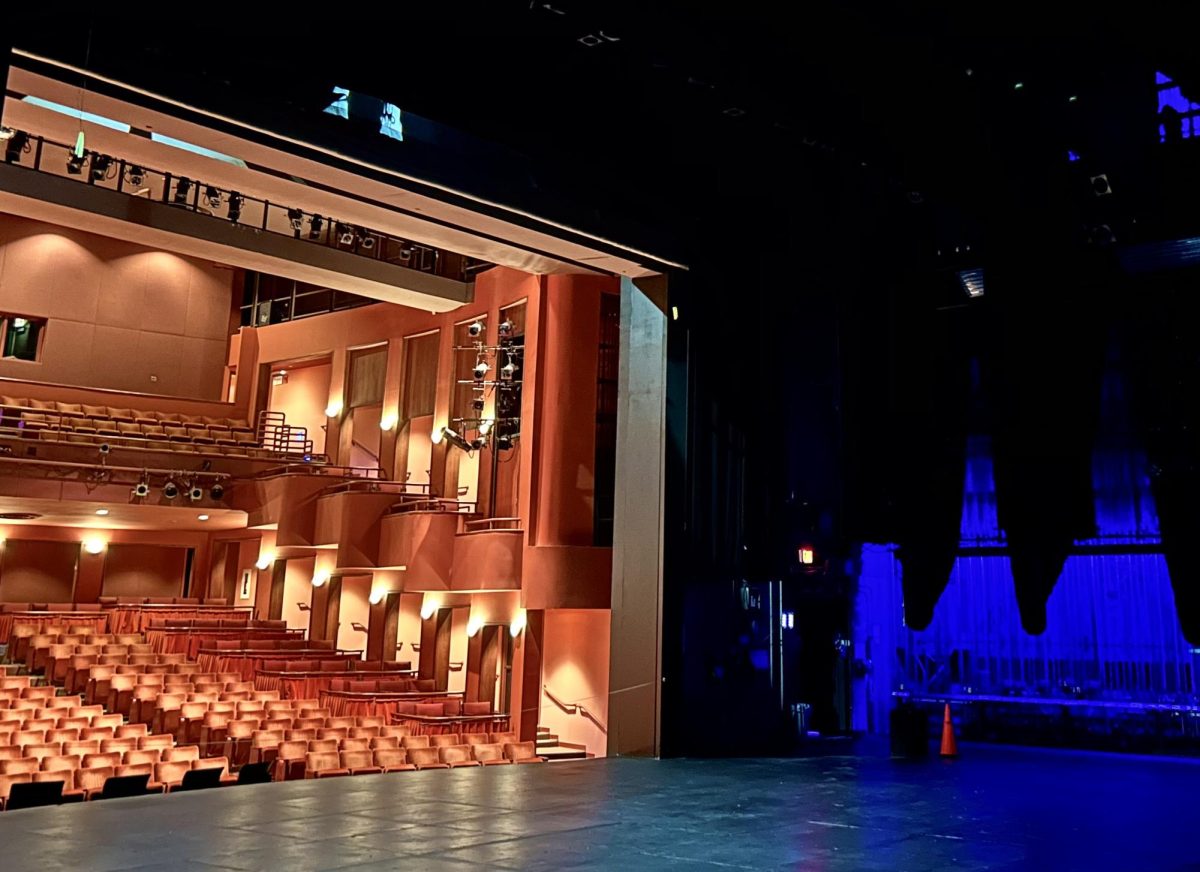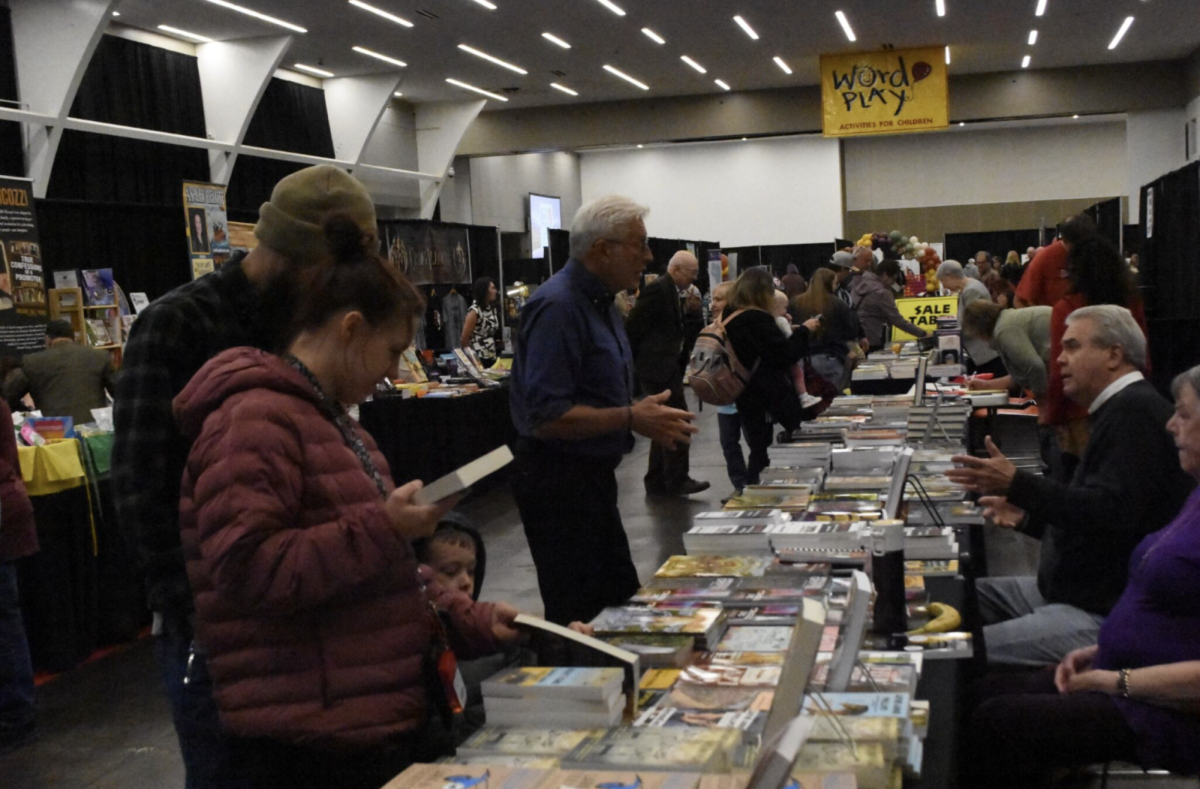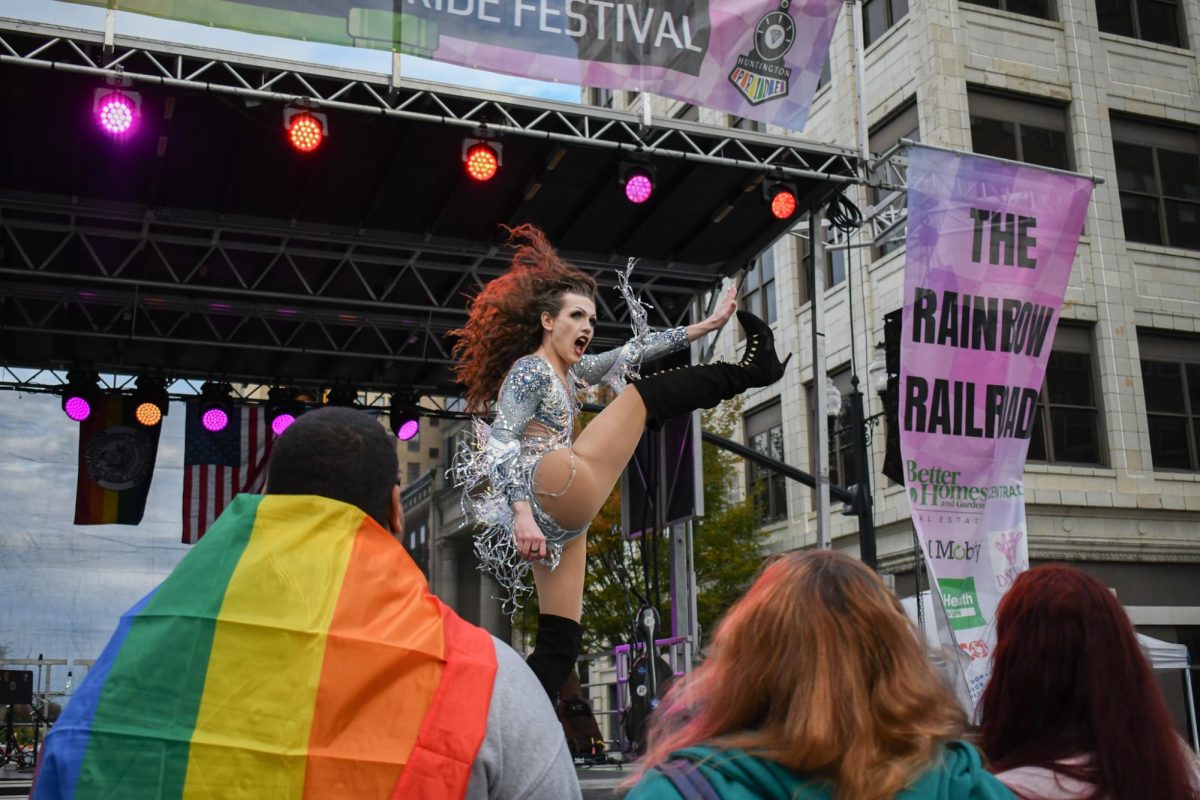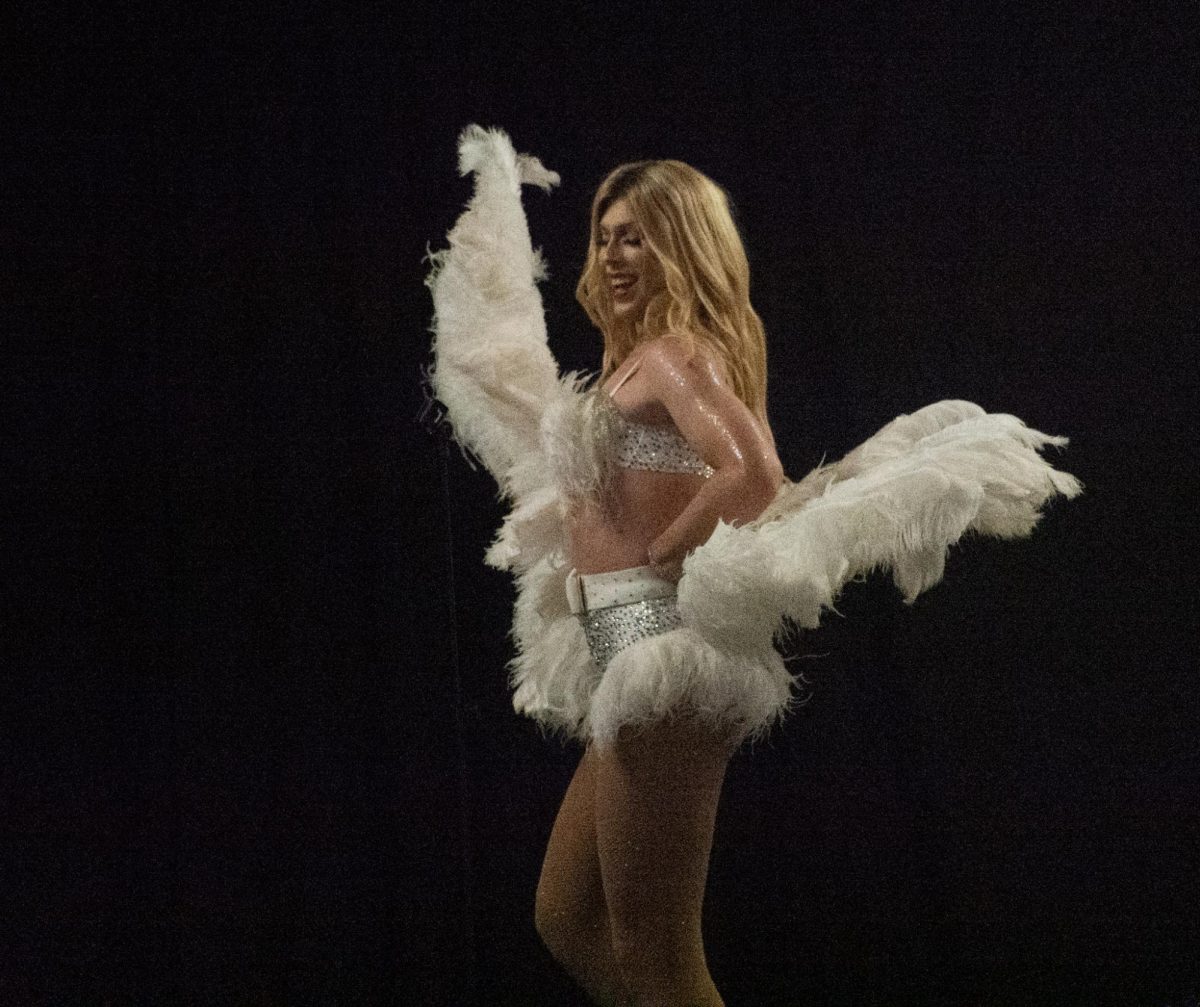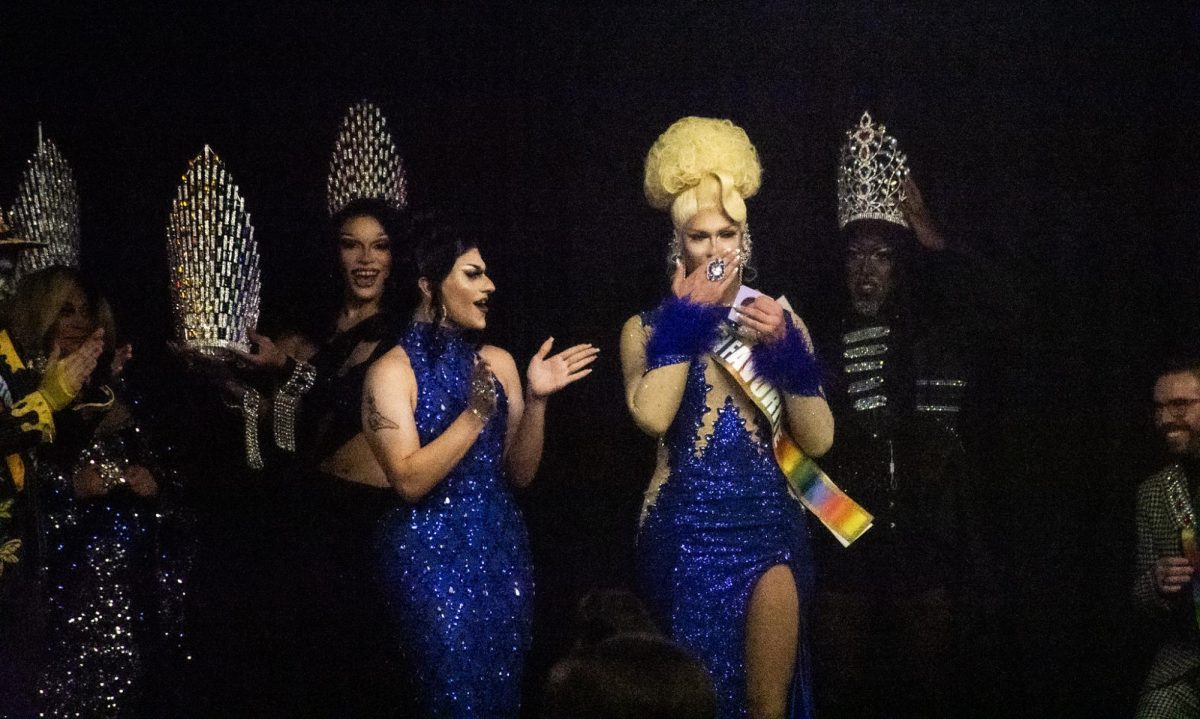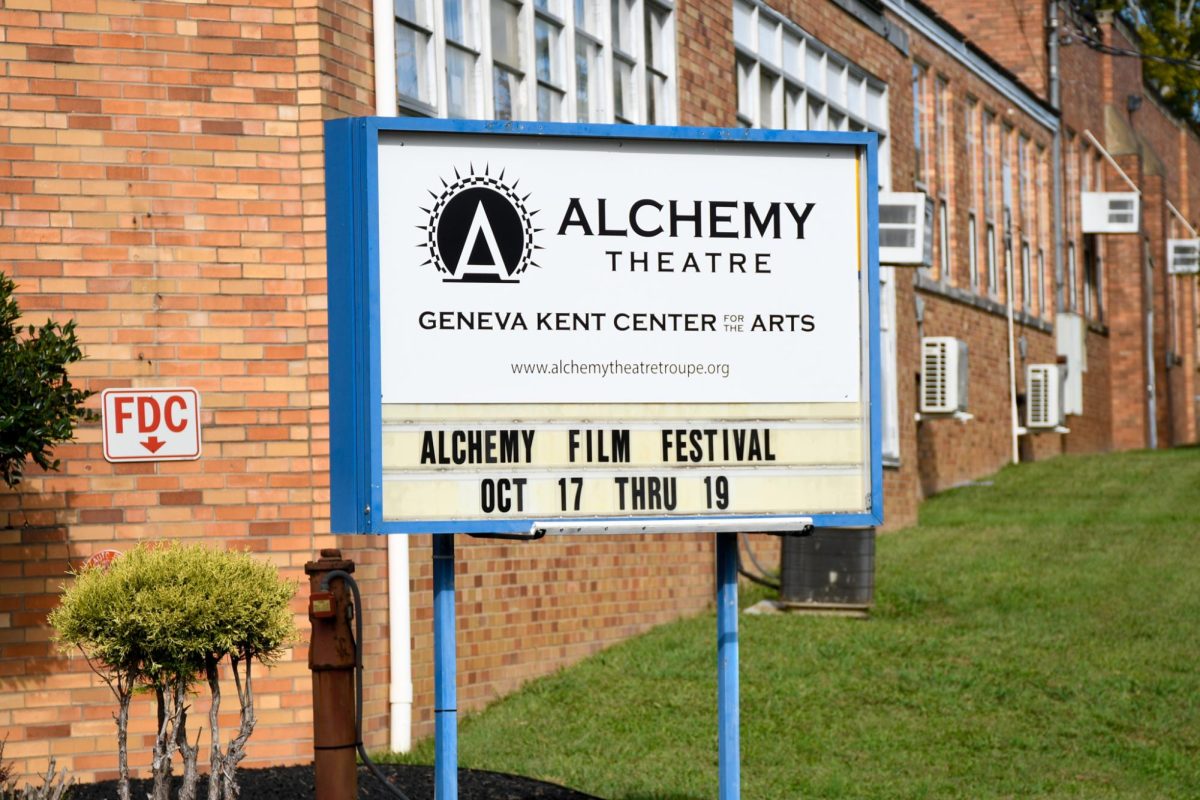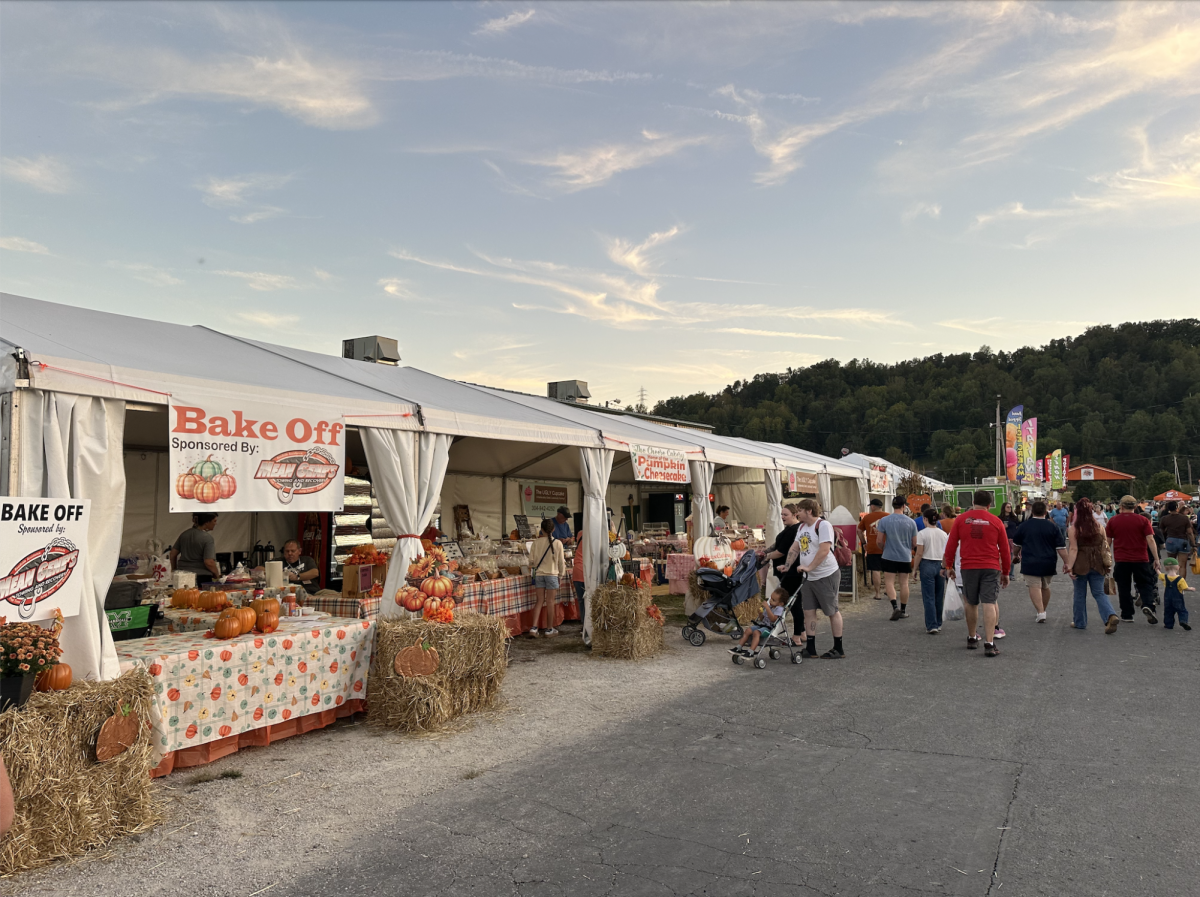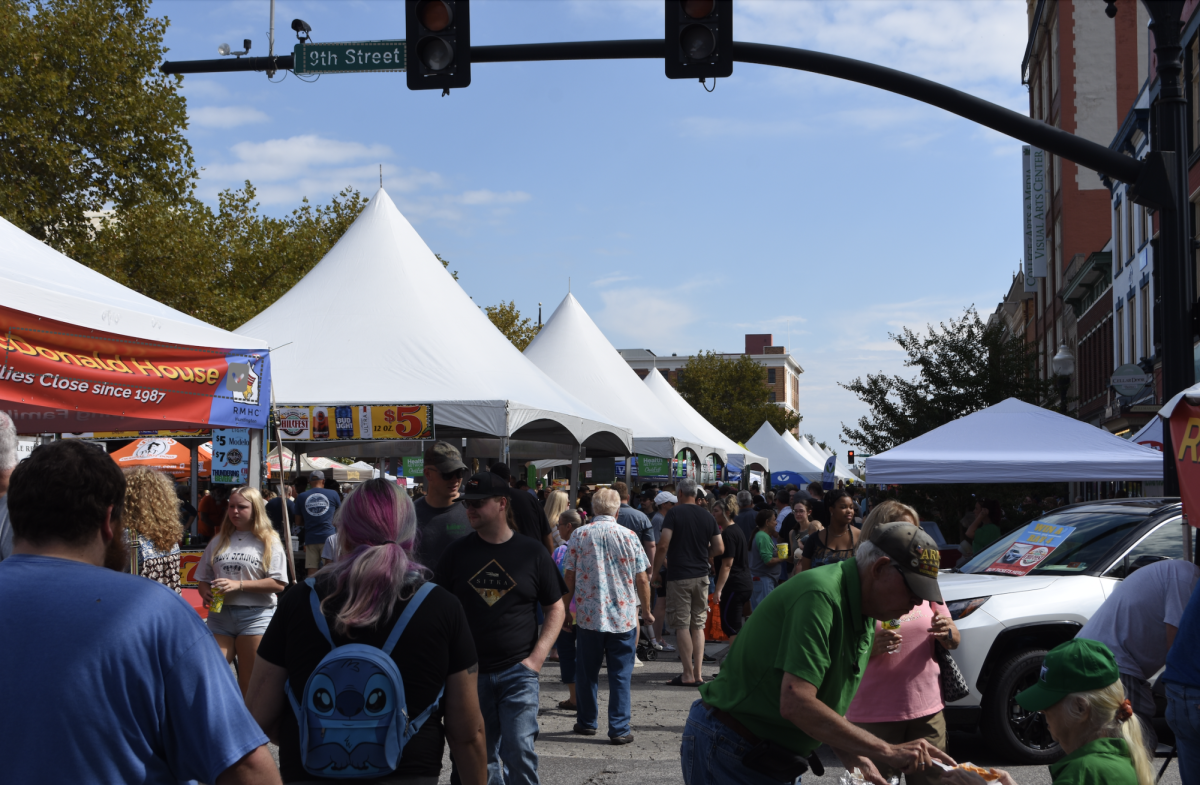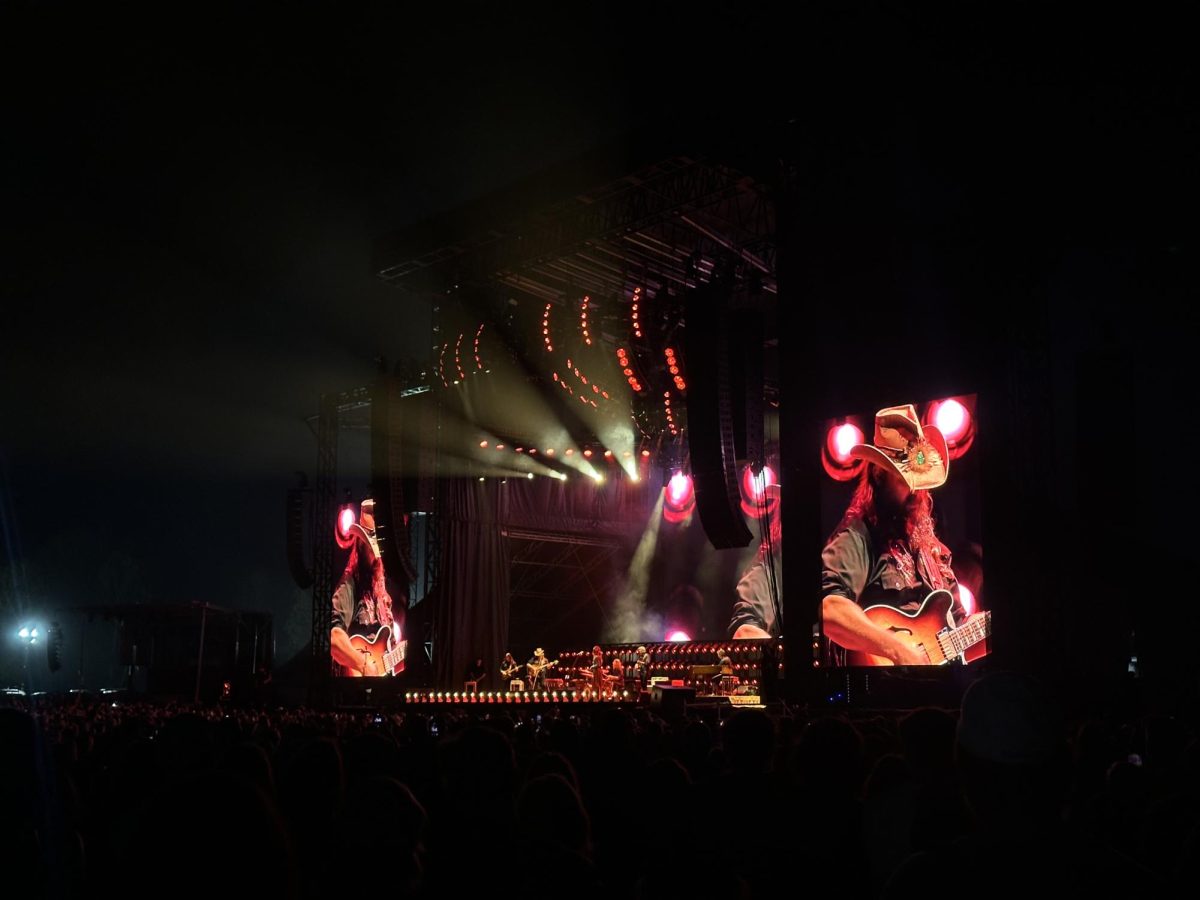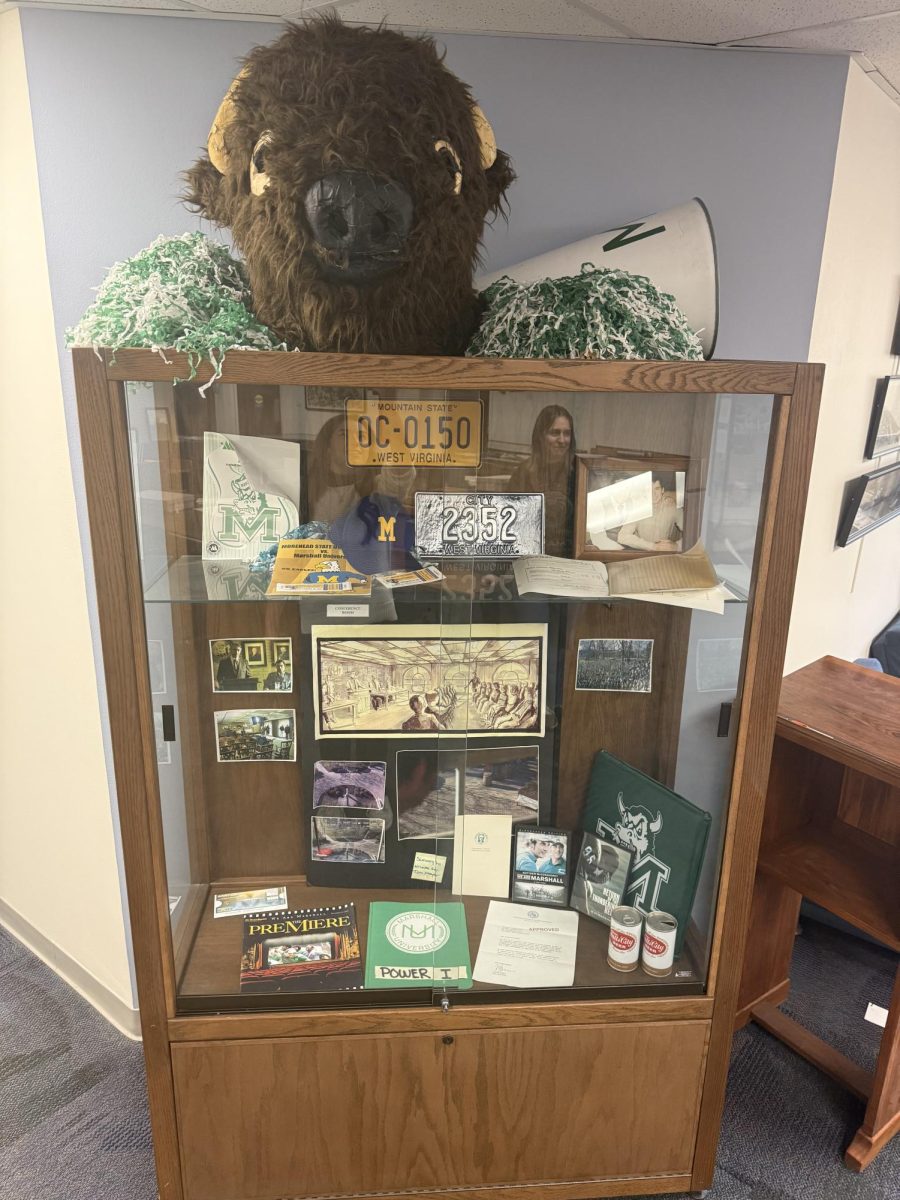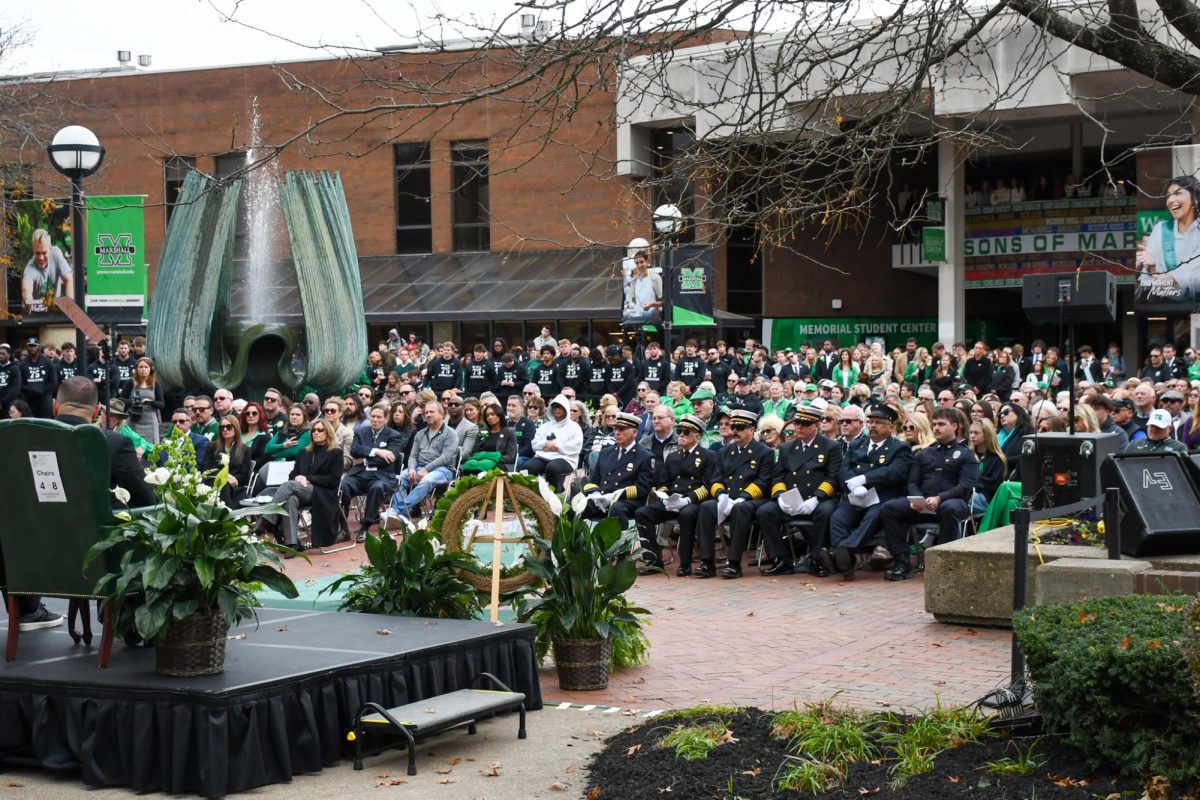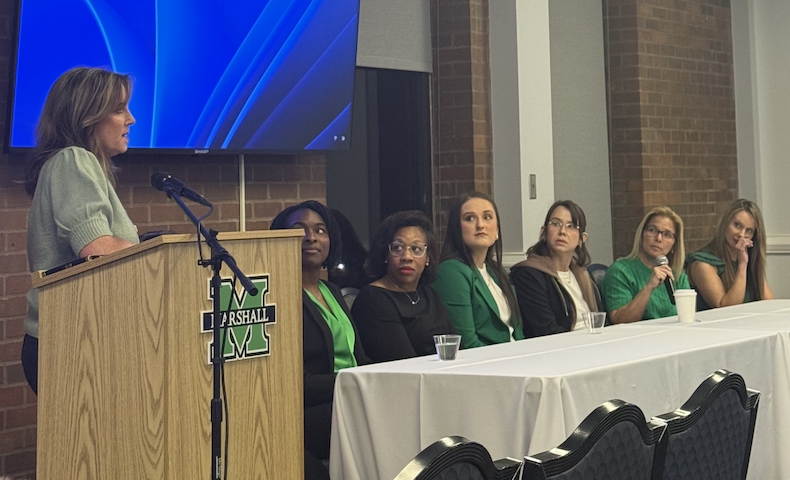It might sound contradictory, but the blues don’t always have to be blue, said one member of the Huntington Blues Society.
The second annual Appalachian Blues Festival returned July 18-20 at the Fly-In Café. This festival was hosted by the Huntington Blues Society and brought out local musicians to share and preserve the genre of blues.
Blues singer Jim Rumbaugh said, “A lot of the songs follow the same format, so we can turn around and say, ‘Every song’s the same, but every song is different also.’ It kind of almost becomes fun and fascinating to find how many different ways you can do the same thing. That sounds like a contradiction, doesn’t it? But you’re doing the same thing, in different ways. That’s part of the blues.”
Likewise, Appalachian musician Renee Stewart said even if the lyrics may be simple, the power of the guitar is what makes the blues.
“The lyrical content can be so simple and direct, but the guitar has to sell the mood of the song,” Stewart said. “It takes a masterful guitar player to make a blues song do what it should.”
The festival featured many regional blues artists such as Creek Don’t Rise, John Ford, Lil’ Red and the Rooster, Allen Talbott, Letty Smith and the Chuck Robertson Project.
Rumbaugh said this year they had a challenge by the National Blues Society that judged local blues bands based off of stage presence, originality, quality of the musicianship and, most importantly, the blues.
“The Huntington Blues Society is an affiliate of the National Blues Society, and the National Blues Society, once a year, holds a competition, and it’s called the International Blues Challenge. The challenge is to see who can be, well, let’s just say the best blues or do the best job at preserving the blues,” Rumbaugh said.
Rumbaugh said with all the different variations of the blues, it gets a little tricky to judge the blues category, but the winner is always evident.
“Blues is the most important in the competition. So that’s what we’re doing today, and one reason they put the emphasis in the blues competition on ‘Is it blues?’ is because that’s what it’s for. It’s to preserve the blues and make sure we don’t transfer from blues over to rock and roll.”
Rumbaugh said there is a rich history in West Virginia and the Appalachian region with the blues genre.
“I’m happy to say from Logan, West Virginia, if you go back to the late 20s early 30s, Frank Hutchison was the gentleman’s name, and he put out a handful of blues music. Some of the foundational blues tunes came from West Virginia,” Rumbaugh said.
Similarly, Stewart said early Appalachian music and blues seem like relatives with the strong storytelling that lives within each genre.
“Early Appalachian music was known for ‘murder songs’ and stories of downtrodden people trying to get by, so it’s a close cousin to the blues in a lot of ways,” Stewart said. “The instruments can be similar, except where a banjo or a mandolin might take the lead in folk music. In blues, it gets replaced with a grittier guitar sound and a steady thumping beat. In my mind, it’s the same flavor, but a different dish, so to speak.”
Rumbaugh said many of the stories that live within the state speak to the blues genre.
“There certainly isn’t enough things in West Virginia to sing the blues about, especially if you’re from a coal mine town like Logan, West Virginia. We have blues here, and we continue to honor it,” Rumbaugh said.
The Huntington Blues Society hosts open blues jams on the third Sunday of each month at the Fly-In Café, located at 359 Kyle Ln, Huntington, WV 25702.
The organization will be honoring the late blues singer Diamond Teeth Mary on Saturday, August 23, from 5-11 p.m. at Heritage Station in Huntington, WV. This event will feature local blues musicians and holistic medicine courses free for the public.
Soleil Woolard can be contacted at woolard3@marshall.edu.


